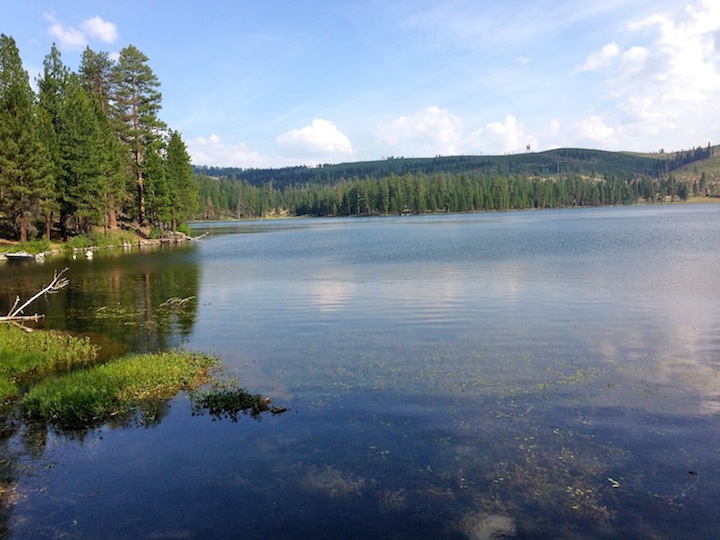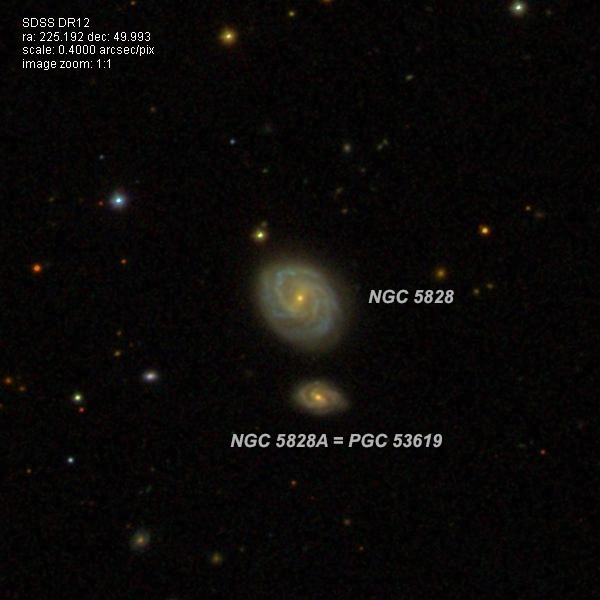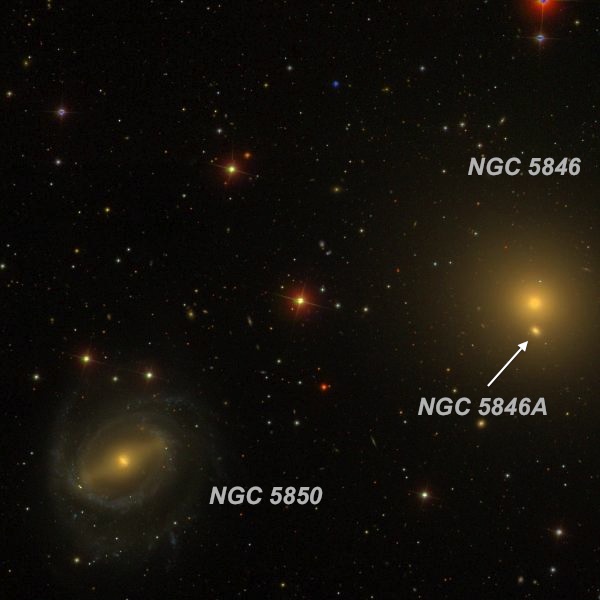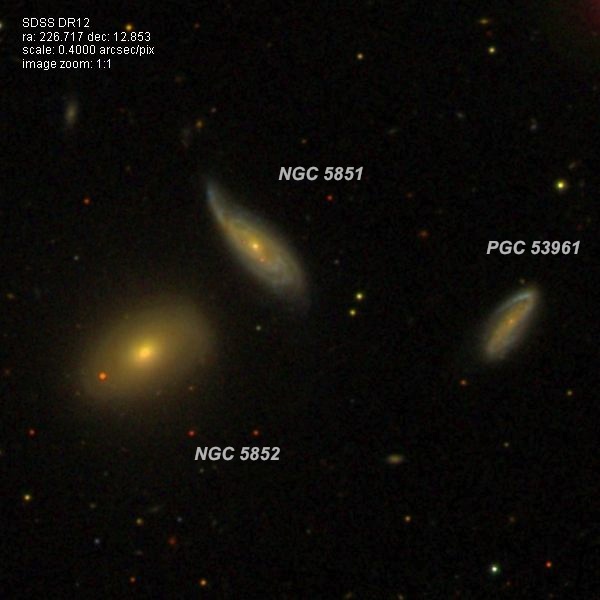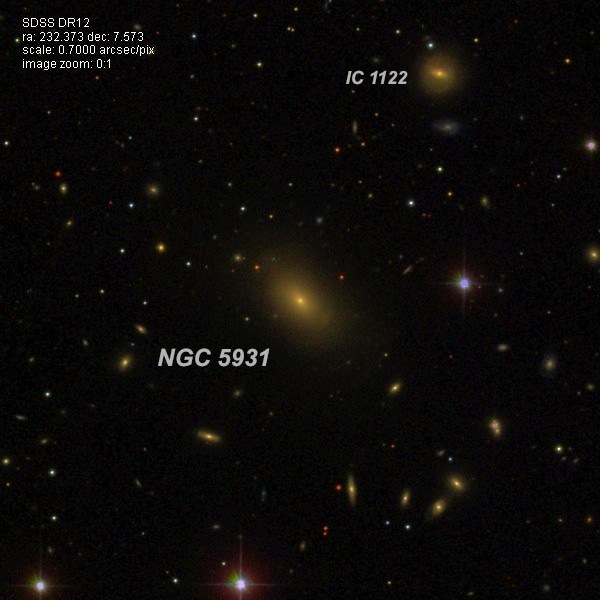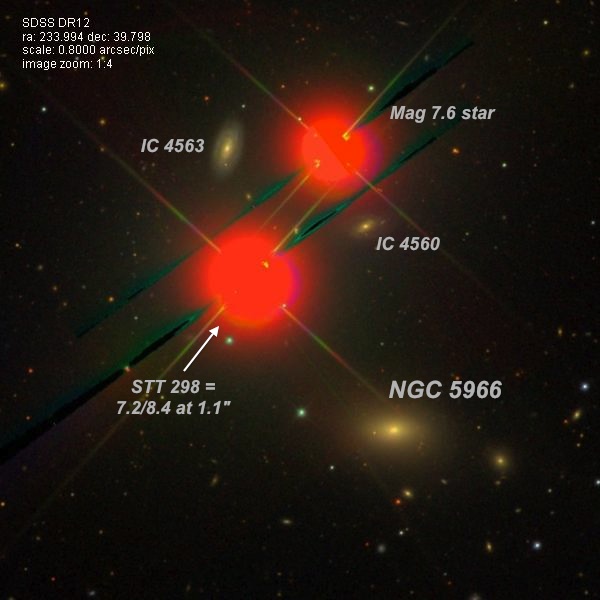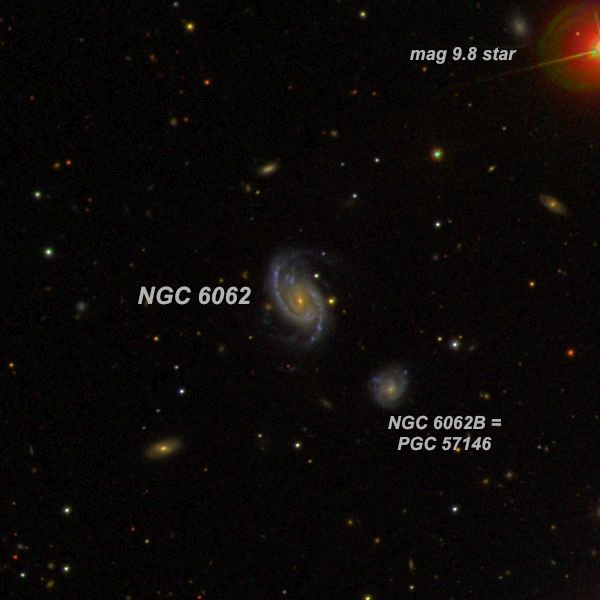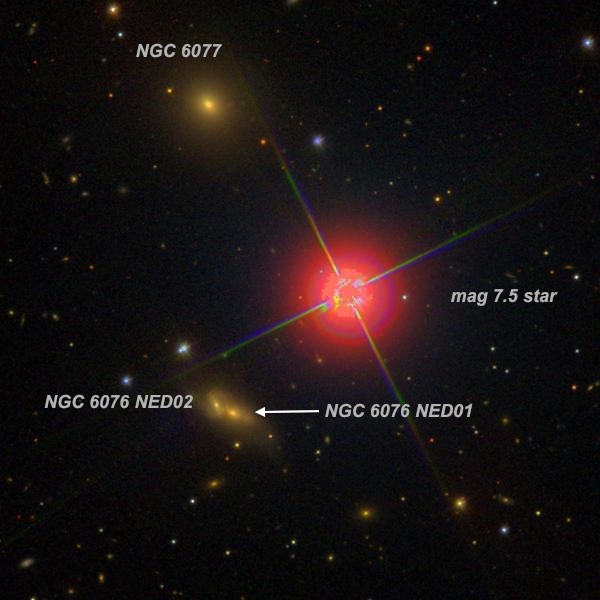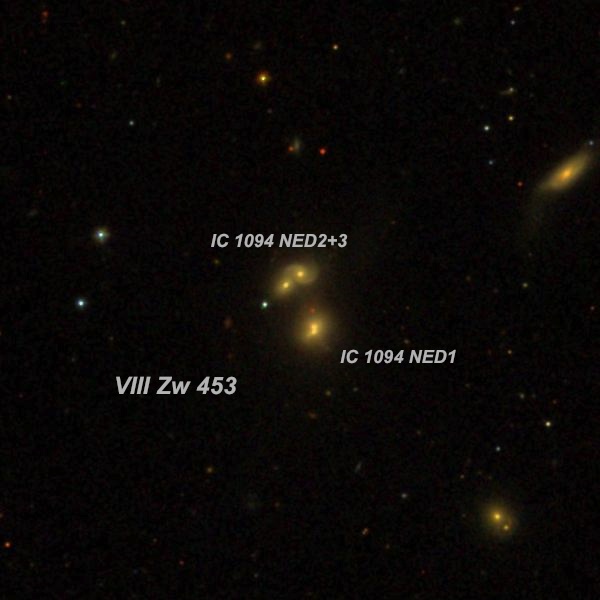OR: Observing in June on the Modoc Plateau (Part II)
by Steve Gottlieb
|
On one of our four days in June on the Modoc Plateau, Jimi and Connie Lowrey, along with my wife Pat and I, took a day trip east from Likely over the South Warner Wilderness area into Surprise Valley, which borders Nevada. The Warner Mountains extend 85 miles in a north-south direction and reach into southeast Oregon. The maximum elevation is nearly 10,000 ft and generally snow covered. Jimi Lowrey was interested in checking out a possible observing site at over 7200 feet. As you head east and climb into the mountains, the road follows the south fork of the Pit River. We took a short detour and stopped at the gorgeous Blue Lake, a popular camping and scenic destination . We continued on to Paterson Campground, where we bumped into Tony and Daphne Hallas, who had just finished a hike. Beyond the campground, we stopped again in Patterson Meadow, a possible observing site that's well into the Black zone, with wide open horizons. Before descending into Surprise Valley, we were treated to a spectacular
view of Surprise Valley, which includes two large Alkali lakes that
were nearly dry. Once in the valley, we continued our loop by driving
north to Cedarville, then crossed the Warners again to Alturas and headed
back south to Likely. That night I continued my quest for merging galaxies
and close pairs. Clouds impinged in the far northern sky but the skies
(roughly 21.7 SQM) permitted chasing down a number of challenging systems
that I hadn't observed before. -- Steve Gottlieb |
|
NGC 5828 is a fairly faint to moderately bright glow, slightly elongated SW-NE roughly 0.6'x0.45', slightly brighter core. Forms a close pair with NGC 5828A just 40" south of center. The companion appeared very faint and small, round, only 8" diameter. The companion was visible ~80-90% of the time with averted. Lewis Swift discovered NGC 5828 on June 24, 1887 with his 16-inch Clark refractor in Rochester, New York, though missed the companion. Sometimes the two components are labeled NGC 5828A and 5828B, though it is the brighter northern component that Swift found.
NGC 5846 is a bright, fairly large glow extending ~1.8' diameter, sharply concentrated with a very bright core. The outer halo has a low surface brightness. NGC 5846A is on the south side of the halo [44" from center]. It appeared as a fairly faint compact glow, round, 15" diameter, fairly high surface brightness. A much fainter mag 15.5 star is superimposed 25" N of center. At 200x, NGC 5850 appeared moderately bright and large, slightly elongated, sharply concentrated with a relatively large bright core ~30" in diameter. A very faint bar stretches northwest to southeast from the bright core, with a total diameter of 2'. The bar is easier to see at 260x and is within an extremely faint halo. John Herschel's first observation of NGC 5846 was on
May 29, 1821 while being instructed on sweeping techniques by his
father. His aunt Caroline recorded the observation, just as she had
done for many years for her brother: "F; R; gmbM; r; appears
to have 2 nuclei; south following in the same field is a very small,
round nebula." The second nuclei is most likely NGC 5846A. So,
although it didn't receive a NGC designation, NGC 5846A was certain
discovered visually.
NGC 5851, NGC 5852 and PGC 53961 NGC 5851 is fairly faint, very elongated 3:1 SW-NE, ~40"x14", weak concentration. Mag 10.7 HD 133925 lies 3.1' NW. CGCG 077-007 = PGC 53961, just 1.8' WSW, appeared extremely faint, small, 15"x10". NGC 5852, the third in the trio, appeared fairly faint to moderately bright, fairly small, slightly elongated NW-SE, ~0.5'x0.4', small bright core increases to the center.
NGC 5931 Fairly faint, fairly small, slightly elongated SW-NE, 0.5'x0.4', weak concentration. A mag 12 star is 1.9' W. IC 1122, just 3' NW, appeared very faint, very small, round, 12" diameter. I could hold the fainter companion continuously with averted at 365x (6mm ZAO). Lewis Swift discovered NGC 5931, along with NGC 5940, 5941, 5942 and 5944, on April 19 1887. E.E. Barnard independently found this galaxy in May 1890, while searching for the asteroid Eucharis. Modern sources often mislabel NGC 5931 as IC 1122.
NGC 5966 NGC 5966 is moderately to fairly bright, oval 4:3 E-W, 1.0'x0.7', broad concentration, with a round bright middle. The location is striking -- just 3.9' SSW of mag 7.5 HD 139323 and 3' SW of mag 6.8 HD 139341. This latter is also the close binary pair STT 298 = 7.2/8.4 at 1.1". The close pair of stars was cleanly split at 375x into two sharp discs. IC 4563 lies 4.4' NE, just 1' E of the mag 7.5 star. IC 4563 appeared fairly faint, fairly small, elongated 4:3 ~N-S, slightly brighter core. IC 4563 and 4560 were discovered in 1903 by Stephane Javelle with the 29-inch refractor at the Nice Observatory in France. I'm planning on taking another look to see if I can pick up IC 4560.
NGC 6062 At 260x, NGC 6062 appeared fairly faint to moderately bright, oval 4:3 SSW-NNE, ~36"x27", broad weak concentration but no distinct nucleus. Four brighter stars are in the field including mag 9.8 SAO 101926 4' NW and mag 9.0 HD 144621 5' SW. NGC 6062 forms a close (physical) pair with NGC 6062B = PGC 571462 just 1.2' SW. At 375x the companion appeared extremely faint, very small, round, 12"-15" diameter, only visible occasionally. It is situated directly on a line with HD 144621 to the southwest. Édouard Stephan discovered NGC 6062 on June 20, 1884 with the 31-inch silvered-glass reflector at the Marseille Observatory in France.
NGC 6076 and NGC 6077 At 225x this double system appeared fairly faint, elongated 2:1 WSW-ENE, 24"x12". At 375x, the elongated glow occasionally resolved into two extremely small nuclei within a common halo. The fainter eastern component (NGC 6076 NED2) is listed in HyperLeda as PGC 200331. Located just 1.7' SE of mag 7.5 HD 145676. Slightly brighter NGC 6077 lies 3' N. NGC 6077 is the slightly brighter of the pair. At 260x it appeared fairly faint, fairly small, round, 24" diameter, small bright core increases to the center. Albert Marth discovered NGC 6076, along with NGC 6077, in June 1864 with William Lassell's huge 48-inch equatorial speculum reflector on the Mediterranean island of Malta.
IC 1094 IC 1094 (southern component) appeared very faint, very small, round, at most 15" diameter. Forms a very close pair with IC 1094 (northern component). The northern galaxy was very faint, extremely small, quasi-stellar (6" or less). The two nuclei seen on the SDSS image were not resolved. CalTech astronomer Fritz Zwicky called this system (VIII Zw 453) a "Triplet of fuzzy red elliptical galaxies" with No. 1 m(p) = 15.8, No. 2 25" NNE of No. 1; m(p) = 17.6 and No. 3 8" SE of No. 2; m(p) = 18.0. |
